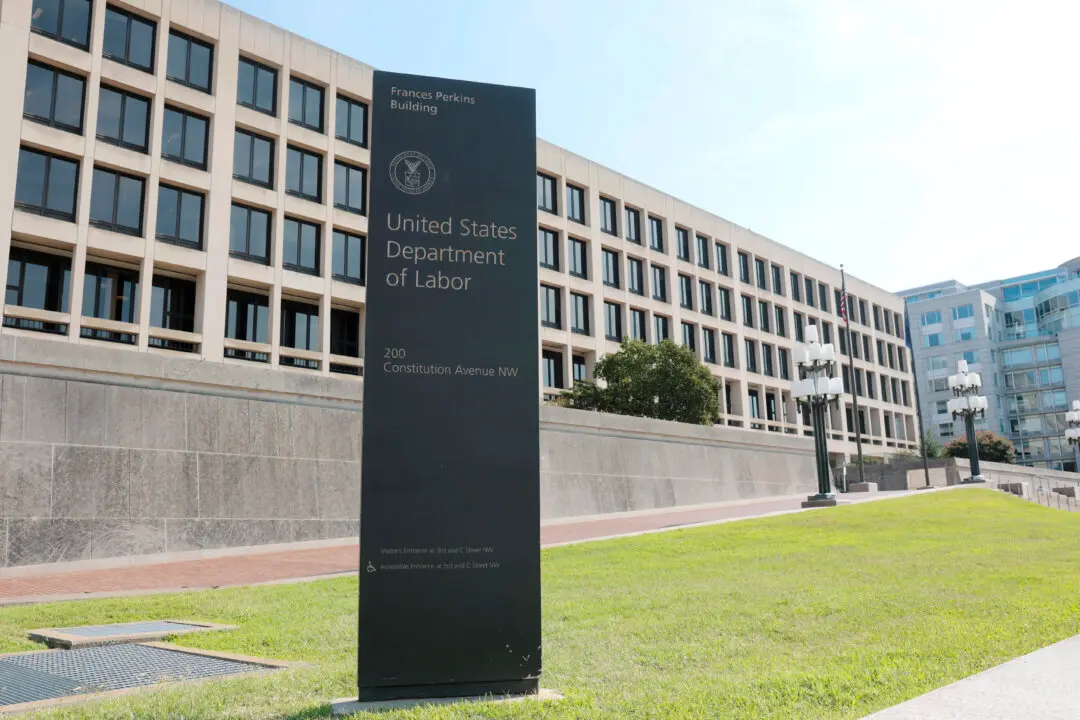Commentary
It was another month of devaluation of the dollar for Americans, another month of stealth taxation through monetary debasement. This one matters not only because it shows that “very bad” is not getting better, it also reveals that nothing the Fed is doing is yet working genuinely to tame the disaster. The dollar’s purchasing power is falling dramatically in real time.





